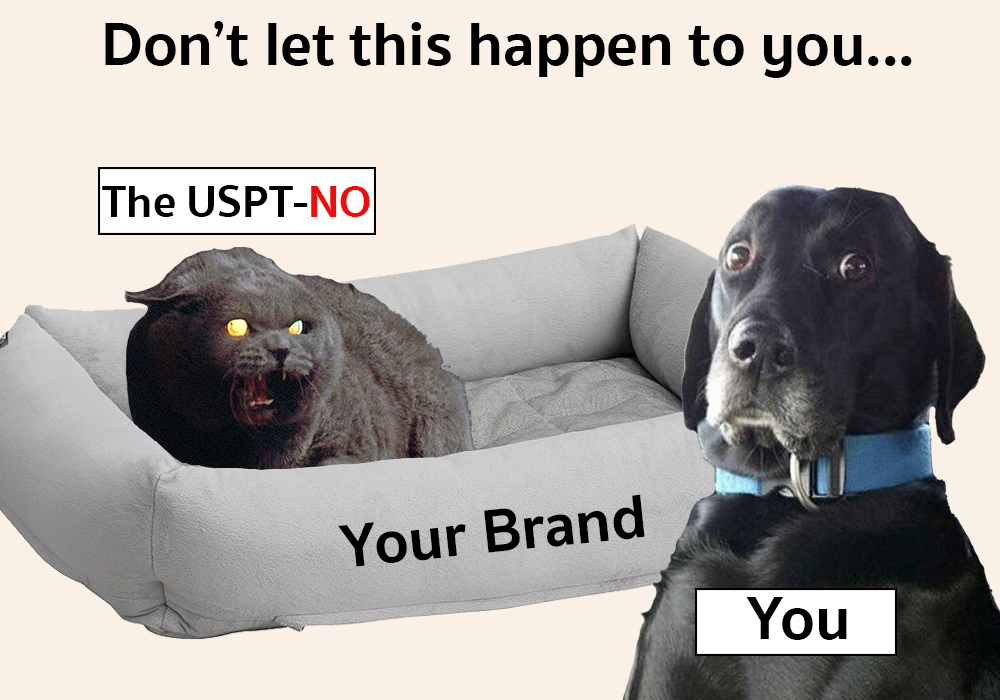When living the dream becomes a nightmare...It’s finally happening. You’ve spent years perfecting your craft, you’ve designed the perfect branding concept that’s unique to your vision, and you’re ready to open your own production facility. The last thing you need to do is make your brand official by registering your trademark. Then it happens, your trademark application is denied. Why? It turns out that some minute detail of your brand—a color, a symbol, maybe just a word—is too similar to another brand in a similar industry. Sure, you can open without trademarking your brand but, depending on your location and distribution range, it’s just a matter of time before the entity with the officially trademarked brand tells you to cease and desist because you’re infringing on their trademark. Then, you’ll find yourself in a position where you have two options and neither of them are good—risk legal action or rebrand. This is a nightmare, true, but there’s good news—you can keep this same scenario from happening to you by completing trademark clearance BEFORE you decide on branding. What is trademark ‘clearance’?Clearance is the process of searching multiple trademark databases, including federal and state databases, to determine if anyone else is using a similar mark on similar goods. Running clearance checks can help you assess and avoid any potential risk factors to your mark’s successful registration. Can anyone conduct trademark clearance?Yup! Anyone can conduct clearance searches, the trick is knowing what you’re looking for, how to properly construct a search query, and figuring out what other databases will also need to be searched. How do I conduct trademark clearance?We recommend starting with the USPTO Trademark Electronic Search System (TESS). This will allow you to easily see if another similar brand has already been trademarked or has an application pending. The downside is that this is just the tip of the iceberg. Even if a trademark is registered and protected, it may not appear in TESS because it was registered with another entity, possibly outside the country or in a different state. With that in mind, you’ll need to determine which additional databases would need to be queried based on your industry, location, and distribution range, just to make a few potential factors to keep in mind. And outside of the official database, you’ll also need to check on any other possibilities of current or past use by others. This seems complicated and super boring...We hear you and you’re not wrong. While searching a database sounds pretty straightforward, this is the government we’re dealing with, so many aspects of trademark clearance and even the registration process can be anything but.
If you’re concerned about potential branding issues, we’re here to help and encourage you to contact us. While no one can guarantee you a trademark approval, not even dedicated trademark lawyers, we can help you avoid common trademark registration pitfalls and determine which additional databases should be queried before you apply.
0 Comments
|
AuthorBrook Bristow is a South Carolina-based lawyer at Bristow Beverage Law, who primarily counsels companies in the alcohol industry on business and employment laws, as well as on compliance, licensing, & intellectual property. You may reach him directly at: [email protected] Archives
April 2024
Categories |


 RSS Feed
RSS Feed